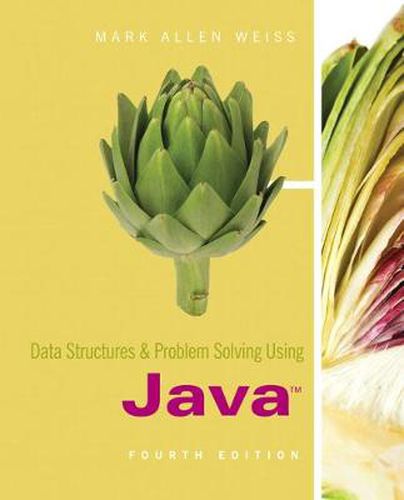Readings Newsletter
Become a Readings Member to make your shopping experience even easier.
Sign in or sign up for free!
You’re not far away from qualifying for FREE standard shipping within Australia
You’ve qualified for FREE standard shipping within Australia
The cart is loading…






Data Structures and Problem Solving Using Java takes a practical and unique approach to data structures that separates interface from implementation. It is suitable for the second or third programming course.
This book provides a practical introduction to data structures with an emphasis on abstract thinking and problem solving, as well as the use of Java. It does this through what remains a unique approach that clearly separates each data structure’s interface (how to use a data structure) from its implementation (how to actually program that structure). Parts I (Tour of Java), II (Algorithms and Building Blocks), and III (Applications) lay the groundwork by discussing basic concepts and tools and providing some practical examples, while Part IV (Implementations) focuses on implementation of data structures. This forces the reader to think about the functionality of the data structures before the hash table is implemented.
The Fourth Edition features many new updates as well as new exercises.
$9.00 standard shipping within Australia
FREE standard shipping within Australia for orders over $100.00
Express & International shipping calculated at checkout
Data Structures and Problem Solving Using Java takes a practical and unique approach to data structures that separates interface from implementation. It is suitable for the second or third programming course.
This book provides a practical introduction to data structures with an emphasis on abstract thinking and problem solving, as well as the use of Java. It does this through what remains a unique approach that clearly separates each data structure’s interface (how to use a data structure) from its implementation (how to actually program that structure). Parts I (Tour of Java), II (Algorithms and Building Blocks), and III (Applications) lay the groundwork by discussing basic concepts and tools and providing some practical examples, while Part IV (Implementations) focuses on implementation of data structures. This forces the reader to think about the functionality of the data structures before the hash table is implemented.
The Fourth Edition features many new updates as well as new exercises.